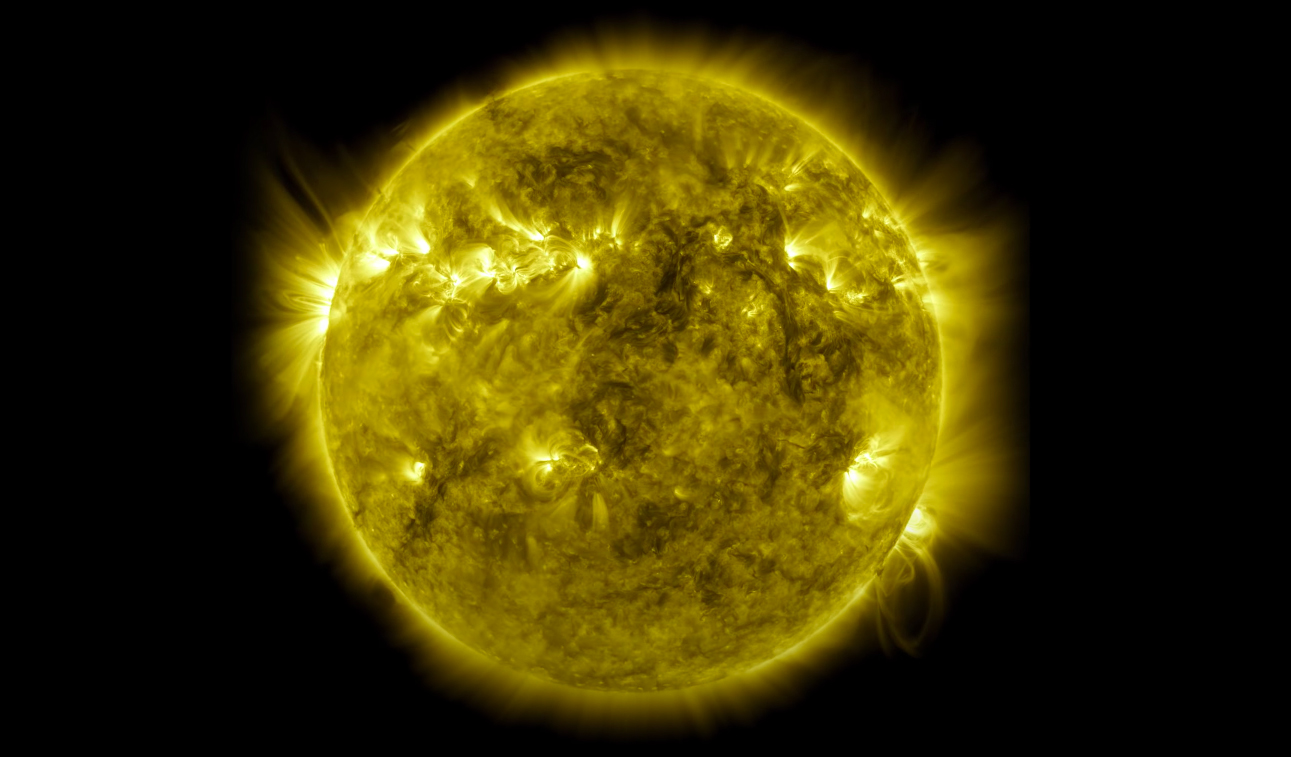China sets a world record by keeping a liquid 2.6 times hotter than the sun


Scientists have been trying for decades to replicate the conditions of the star king to better understand how it works and, ultimately, to create a source of clean energy as rich as the sun.
The Chinese Academy of Sciences is in luck as its Advanced Experimental Superconductor Tokamak (EAST), or as it is commonly called the artificial sun, has achieved keep plasma at 70 million degrees Celsius for 17 minutes (1,056 seconds).
High-temperature plasma is an essential part of many large-scale fusion energy initiatives, which are trying to replicate the conditions that make the Sun a fusion reactor powerful enough to heat our entire solar system.
The goal of wanting to replicate the sun, of course, is to be able to supply safe and clean energy for humanity. Something that we are quite lacking despite renewables.
Heat can be seen as an energetic vibration of atoms, and this vibration becomes so extreme at high temperatures that the atoms begin to randomly collide with each other fast enough to jam their nuclei, fusing them and creating new elements.
If light atoms are used, as the Sun does by fusing hydrogen into helium, the new atom weighs less than the original two combined, and the difference in mass is expelled as thermal energy.
As they explain in New Atlas, At the core of the Sun, temperatures of around 27 million ° C fuse some 620 million metric tons of hydrogen in about 616 million metric tons of helium every second, converting about 4 million tons of matter into energy.
A small part of this energy ends up reaching our planet Earth in the form of electromagnetic radiation, providing us with visible light, ultraviolet light, infrared, radio waves, X-rays and gamma rays.
Tokamak-type fusion reactors do not have the colossal scale and gravity of the Sun, but their goal is the same: heating hydrogen atoms to a point where they begin to collide with each other, merging and releasing energy that can be harnessed.
Little by little we are closer to being able to recreate the Sun on Earth. And this is good news.
Reference-computerhoy.com